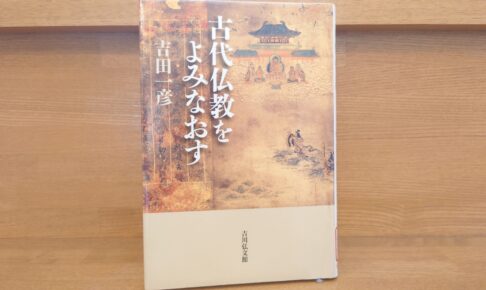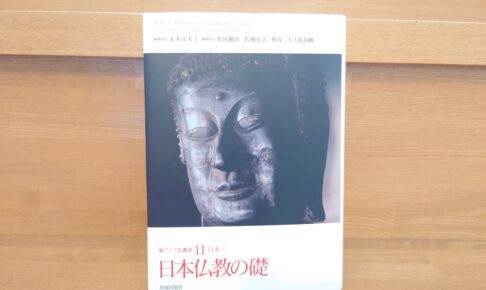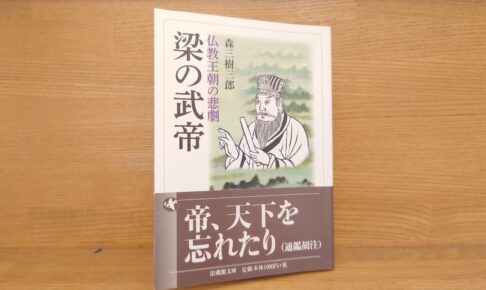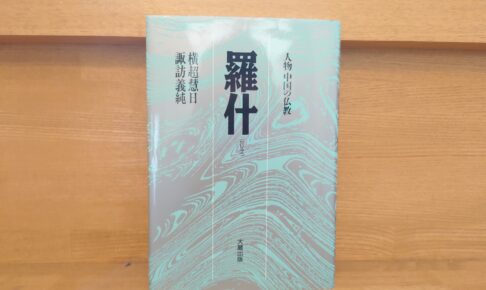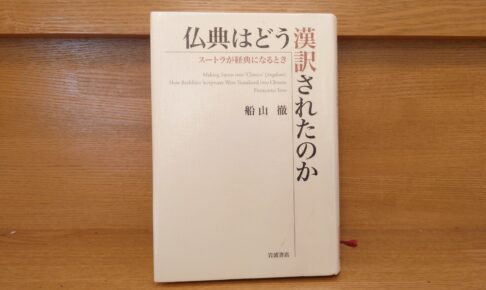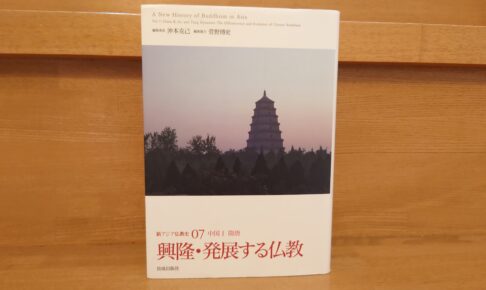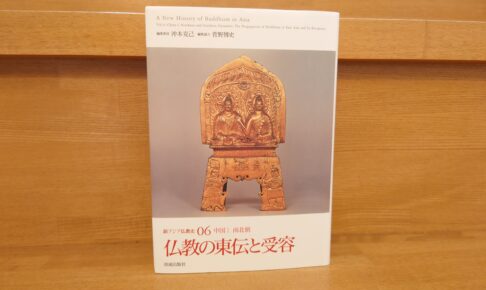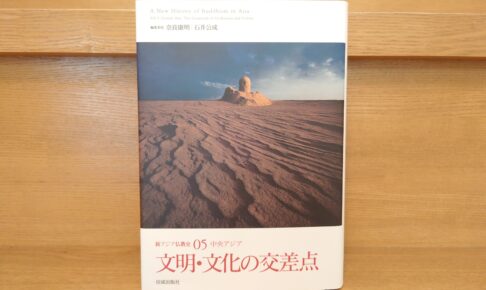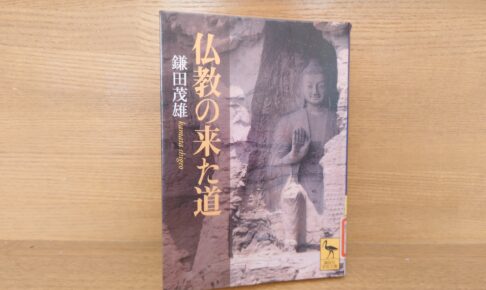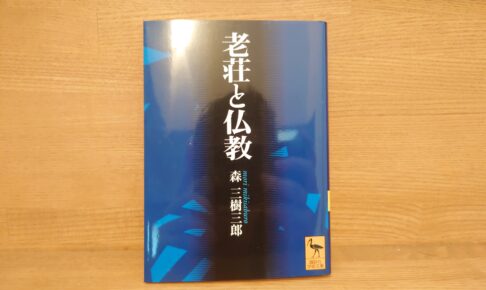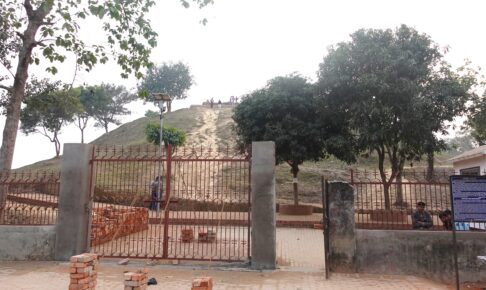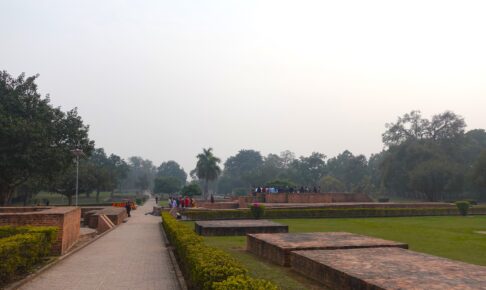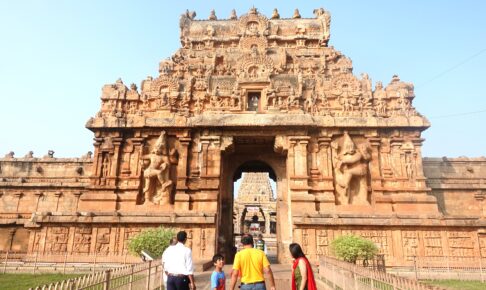Kazuhiko Yoshida, "Re-reading Ancient Buddhism" - A recommended reference book for learning about the introduction of Buddhism, Prince Shotoku, the Emperor and the State!
In this book, interesting points that are truly eye-opening are made more and more. The commentary on Prince Shotoku and the formation of the state and the syncretism of Shintoism and Buddhism are especially interesting. It is extremely interesting.
I am a monk of the Jodo Shinshu sect. Shinran, the founder of Jodo Shinshu, was a monk who lived from the late Heian to Kamakura periods. I often have the opportunity to listen to lectures and Dharma talks about the period in which Shinran lived, but I do not have such opportunities to learn about the historical background and Buddhism in the Nara and Heian periods, which goes back even further than that. For such a person like me, it was very gratifying to learn about Buddhism and the historical background of this period, which is also the foundation of Japanese Buddhism.












